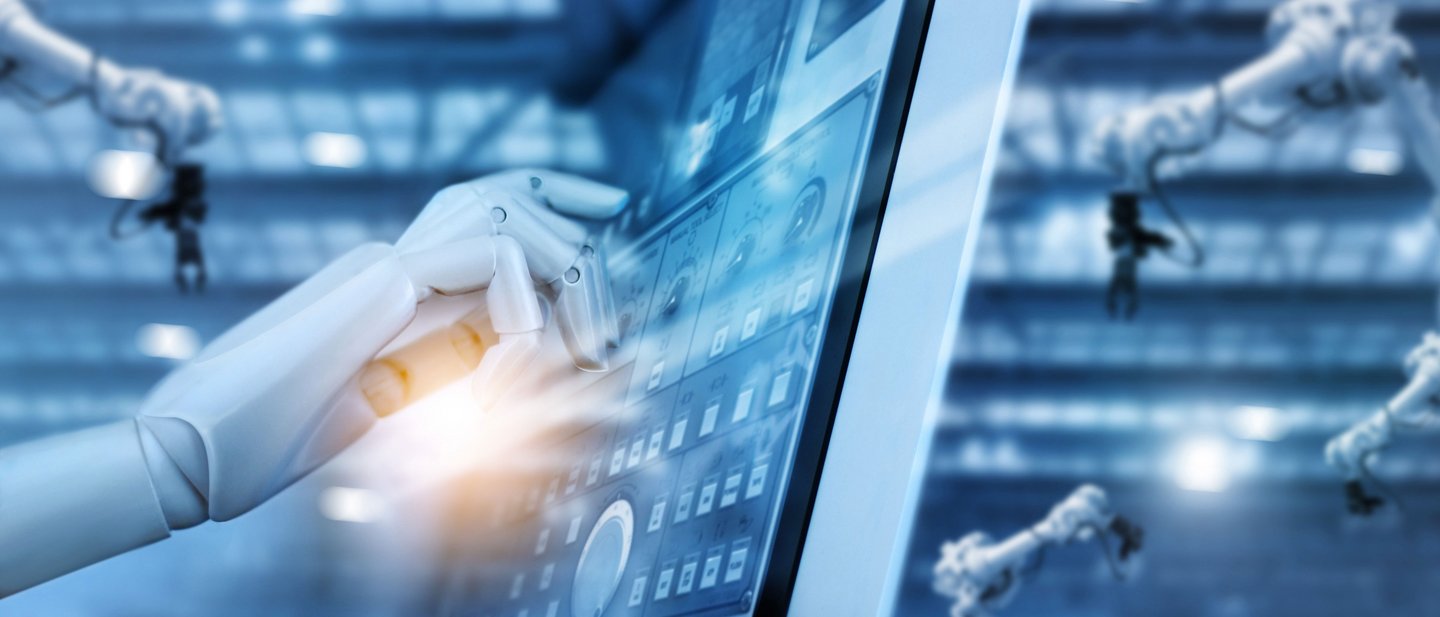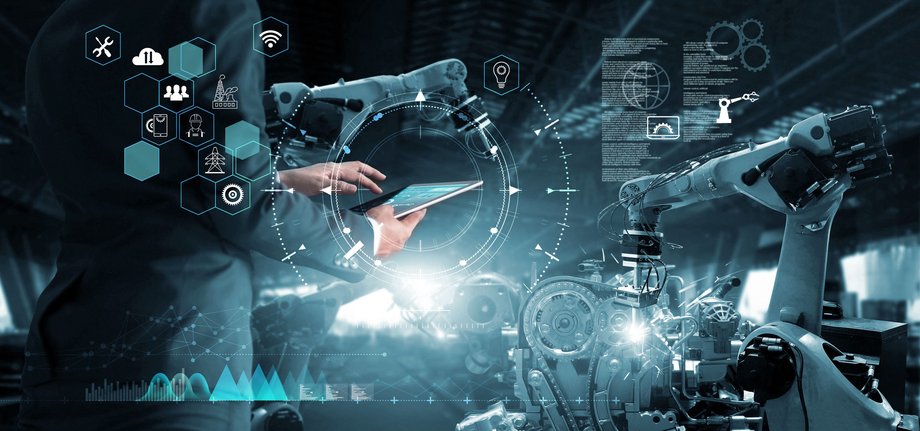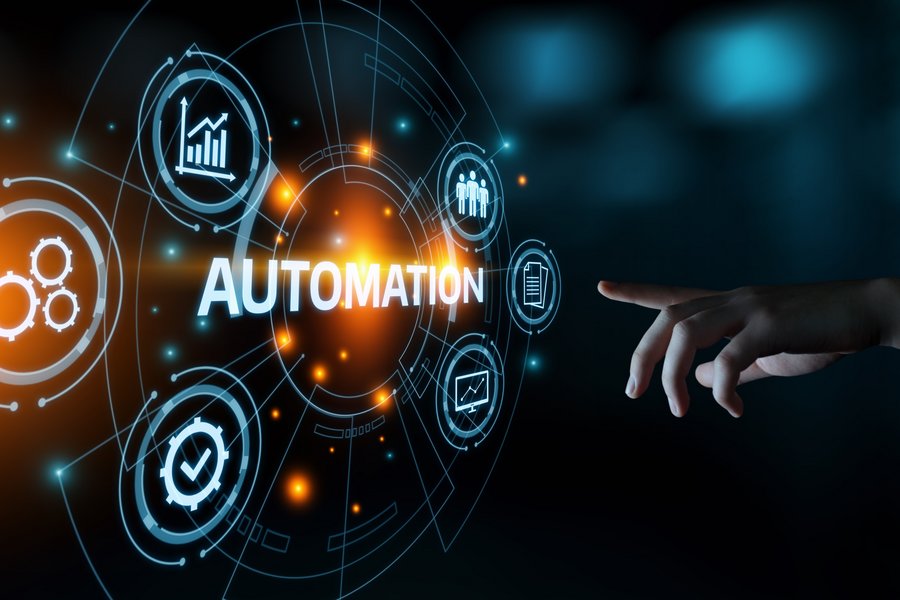Of all the strategic technology trends transforming industry in 2020 – from human augmentation to autonomous things – Gartner believes that one trend trumps them all: hyperautomation.1 While automation consists of a series of repetitive processes done without manual handling, hyperautomation goes a step further by utilizing artificial intelligence, machine learning, and data analysis to augment workers and provide a greater impact. Hyperautomation extends across a range of automated tools, while also increasing the sophistication of automation through analysis, designing, measuring, monitoring, and reassessing. Hyperautomation should integrate functional and process silos to automate and augment business processes, and enable organizations to visualize how functions, processes, and KPIs interact to drive value and business opportunities.2
Robotic process automation (RPA) conducted by software robots, complemented by AI and machine learning, is the key ingredient to effective hyperautomation. This would provide unprecedented levels of insight into operations by creating a digital twin of the organization (DTO), making previously unseen interaction between processes visible.3 Smart algorithms and continuous intelligence collected about the organization and its processes allow automated machines to learn and find new ways to improve and optimize processes even further. This could result in unprecedented cost savings and efficiency gains.




